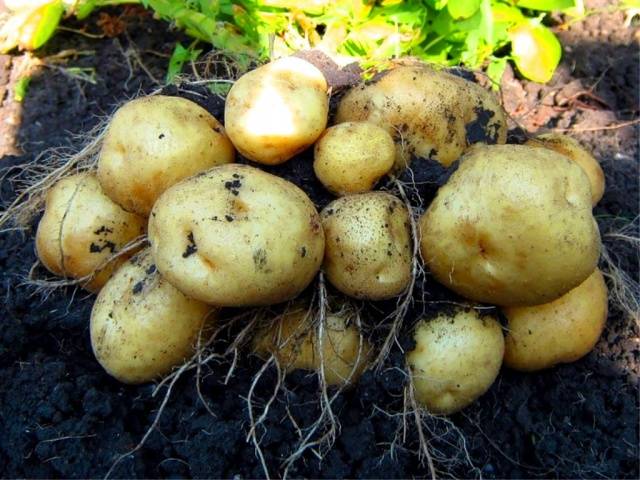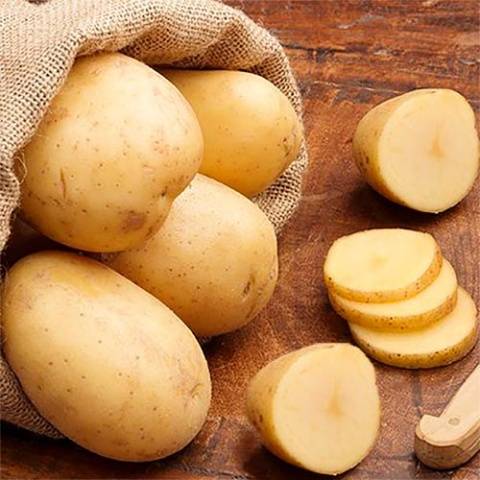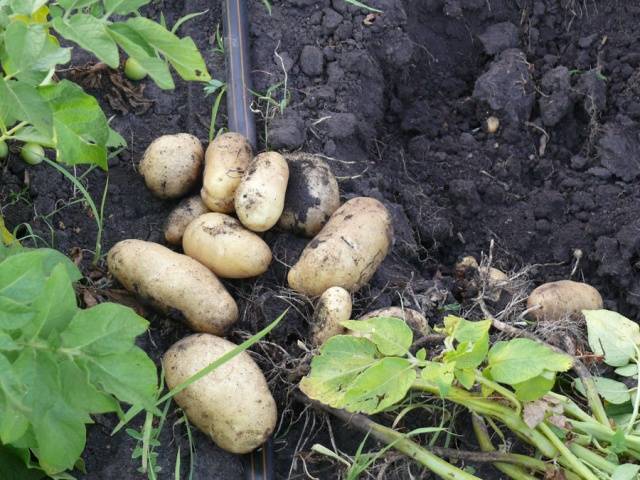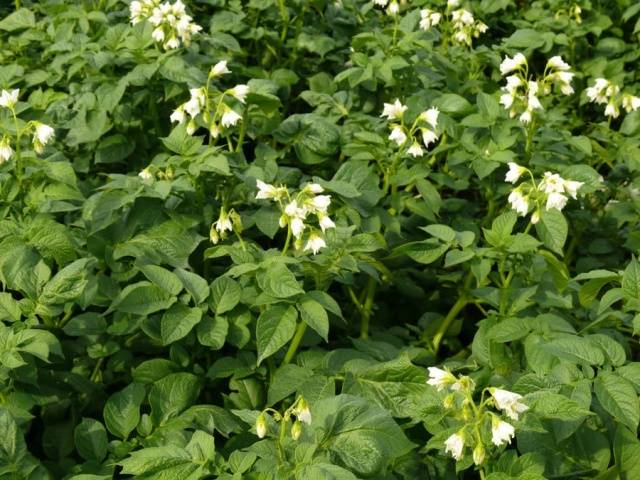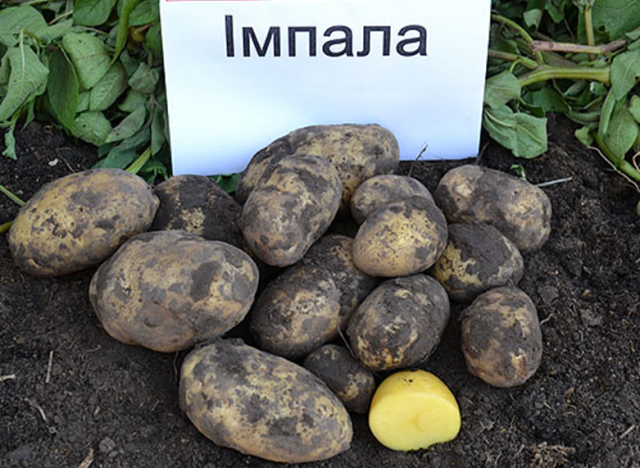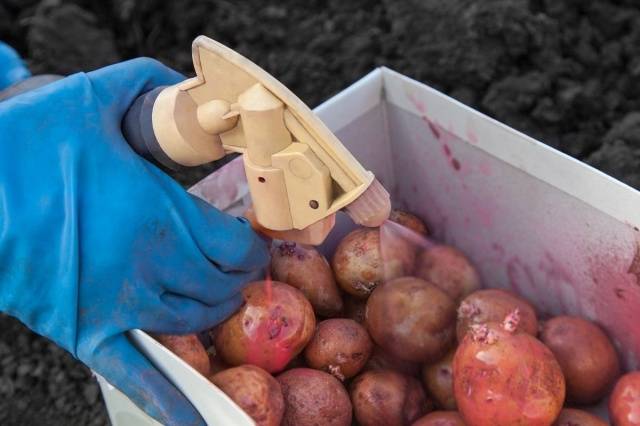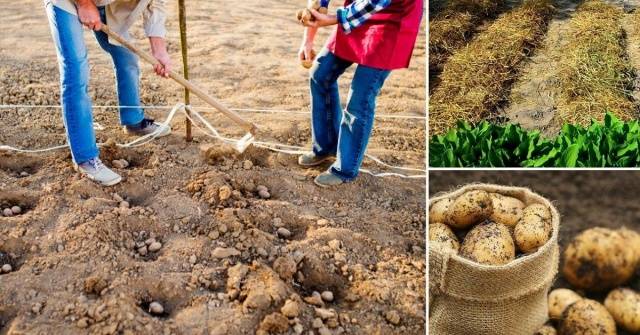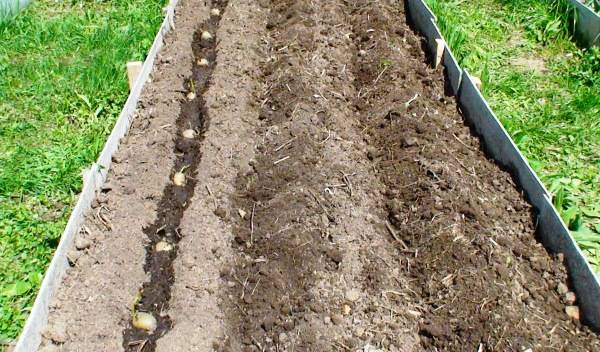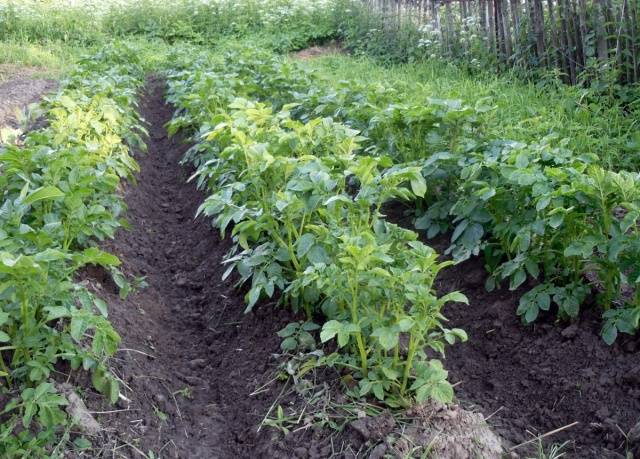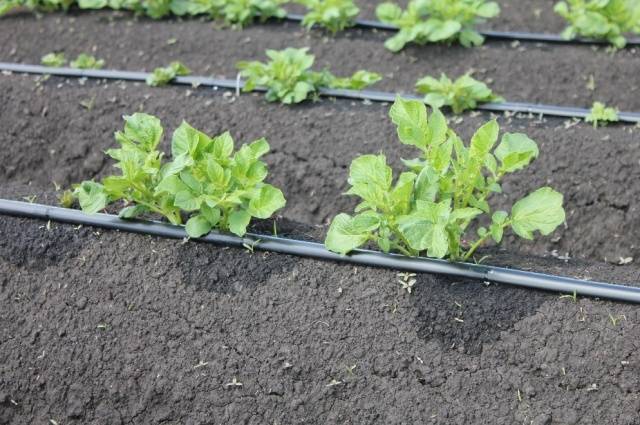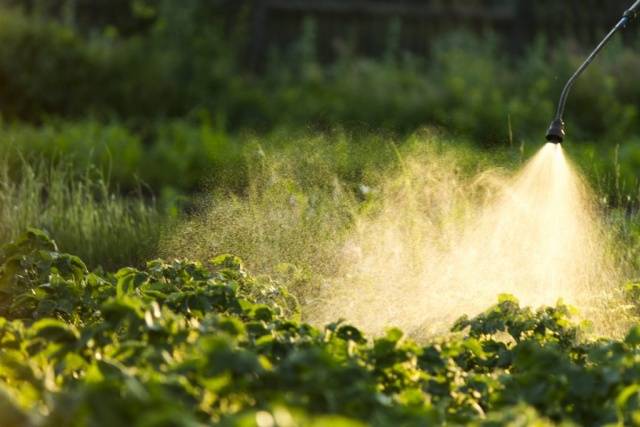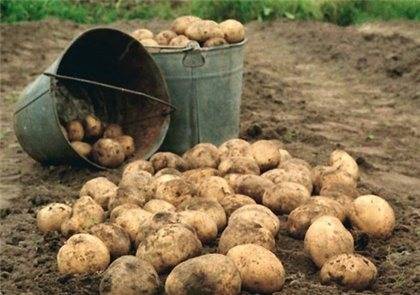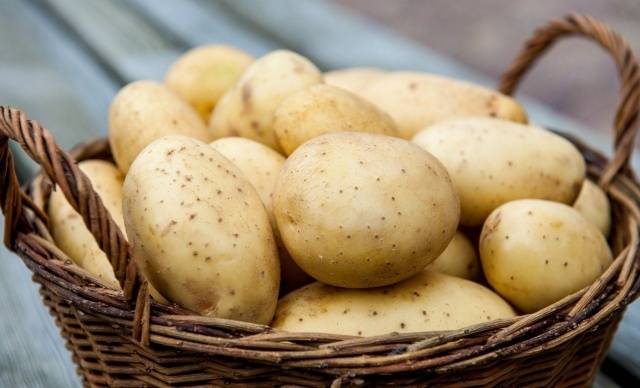Content
Early-ripening potatoes have a big plus - within one and a half to two months after planting, you can dig up tubers and eat them. Farmers are also aware of the shortcomings of early varieties, the main of which is the mediocre and watery taste of root vegetables. Impala potatoes can be called the "golden mean", because their tubers ripen very quickly, and besides, they have a rich pleasant taste. Dignity Dutch variety it doesn't end there, it's not without reason that the Impala has been one of the most popular early potatoes in the country for twenty years. The simplicity of this potato allows you to use any method of growing root crops.
Photos, reviews of farmers and a description of the Impala potato variety are collected in this article. Here we will talk about all the advantages of early potatoes, give recommendations for planting and caring for the crop.
The qualities of an early maturing variety
Impala potatoes were bred by breeders from the Dutch corporation Agrico in the early 90s of the last century. This potato was entered into the State Register of Russia already in 1995 - since then Impala has been one of the most popular varieties in the country.
The characteristics and photos of the Impala potatoes are as follows:
- a very short growing season - 40-60 days after planting, the tubers are ready to eat;
- the possibility of long "dormancy" - tubers can be in the ground until mid-August;
- the earliest the dug tubers have a slightly watery taste, but after 3-4 weeks the potatoes are already well boiled and have excellent taste;
- Impala bushes are high - about 70-80 cm;
- each plant consists of 4-5 stems, which provides a good density of the bush;
- the Impala grows very quickly, this is especially noticeable at the beginning of the growing season;
- the flowering of the potato is abundant, the inflorescences are snow-white;
- the number of tubers under one bush depends on the care and varies from 12 to 21;
- the share of marketable root crops is 89-94%;
- potatoes are large enough, oval, light yellow in color;
- the eyes are superficial, small;
- the peel on the tubers is smooth, thin, but strong;
- the average mass of commercial potatoes is 120-130 grams;
- tuber mass gain continues until the first days of August;
- the pulp of the Impala variety is dense, yellow;
- taste is highly rated - Impala scores 4.9 out of five points from tasters;
- the variety is great for frying, stewing, baking, making soups and salads, Impala is good and in the form of mashed potatoes - universal table-use potatoes;
- the starch content is average - from 11 to 14 percent;
- dry matter - about 17.7%;
- the yield, as for an early variety, is very good - 360 centners per hectare;
- Impala has good keeping quality - at the level of 95-97%, which is also a rarity for early-ripening potatoes;
- the variety is characterized by good stress resistance - temperature drops and other external factors practically do not affect the yield;
- early potatoes have excellent immunity to golden nematodes, cancer, viral diseases;
- the average resistance of Impala to late blight of tops and tubers, common scab, and leaf rolling is noted.
The early Impala potatoes really deserve the love of gardeners.Due to its qualities, it can be successfully grown on absolutely any scale: in vegetable gardens and summer cottages, on farm and industrial fields.
You can also use the harvest of Kubanka in any way: from large tubers you can get both chips and French fries, Impala is good in mashed potatoes, first courses, salads and other culinary masterpieces.
Advantages and disadvantages
Photos and descriptions of Impala potatoes show it only from the best side - it seems that Kubanka has absolutely no flaws. Really, this potato has a lot of advantages:
- high productivity;
- short growing season;
- excellent taste characteristics;
- resistance to the most dangerous potato diseases;
- large size of tubers and their attractive appearance;
- resistance to drought, temperature fluctuations;
- ripening of most of the crop to the peak of late blight;
- excellent keeping quality;
- excellent presentation;
- high nutritional properties.
Of the shortcomings of Kubanka, one can note its weak immunity to diseases such as rhizoctonia and powdery scab. There are no other, more serious disadvantages of this early-maturing potato.
Competent cultivation
Impala potatoes, like other related crops, prefer light to medium, not waterlogged soils with normal acidity. Basically, these potatoes are unpretentious to the composition of the soil and are able to give a good harvest in any conditions.
For potato cultivation to be effective, it is imperative to observe the crop rotation: you cannot plant potatoes or other nightshade crops in the same place for two years in a row. The best predecessors for potatoes are legumes and winter crops, perennial grasses.
Training
It is very important to carry out the correct pre-planting of the Impala tubers. It consists in the following:
- At the beginning of April, the potatoes should be taken out of storage and brought into a warmer room. The first couple of days, the temperature should be maintained at 18-23 degrees. Subsequently, the temperature must be reduced to 12-14 degrees and kept at such levels until the moment the potatoes are planted. In this case, the illumination in the germination room should be good.
- If there are few germinating eyes on the tubers, you can try to increase their number. To do this, a circular incision is made on the potato closer to the top.
- Immediately before planting, it is recommended to treat the tubers with chemical fungicidal or insecticidal preparations. To reduce the toxicity of the treatment, you can use such gentle agents as potassium permanganate, boric acid, wood ash.
Landing in the ground
You can grow Impala potatoes in absolutely any way: outdoors, on high ridges, in bags or under straw. However, there is a couple of conditions for the effective cultivation of early potatoes: the soil should be well warmed up, and the tubers themselves should not be buried too deep underground.
For example, the farmer settled on the method of planting potatoes on the ridges. The landing pattern for the Impala is 60x60 cm.Sprouted potato tubers are laid out at a certain interval and closed up, using a hoe, creating a ridge with a total height of 13-15 cm.
Approximately 7-10 days after planting, the earthen ridges should be harrowed with a rake. Harrowing will get rid of filamentous weeds growing through the soil and improve aeration, giving the potatoes access to air.
After abundant watering or heavy rain, organic fertilizers can be applied: cow dung, bird droppings, or humus. Fertilizers can be embedded in the soil with a hoe or diluted with water and applied directly under the Impala bush.
Care rules
The reviews of those who planted Impala potatoes on the site are mostly positive - this potato has established itself as an extremely unpretentious and very reliable variety.
Care for Impala potatoes is the simplest:
- Infrequent but abundant watering. During watering, the soil should get wet to a depth of 40 cm, so 400-500 liters of water will have to be used for 10 squares of potato beds. During the season, the Impala will have to be watered 3-4 times, observing an interval of 10 days between waterings.
- Top dressing of Impala potatoes is best done in the early stages of the growing season. Before flowering, you can use foliar dressing with mineral fertilizers. You should not bring a lot of nitrogen under the bushes, the tubers will become smaller from this, the potatoes will hurt more.
- Despite their excellent tenacity, Impala potatoes will have to be handled against infections and parasites. If the tubers were processed before planting, you need to monitor the condition of the plants and spray only if necessary. Otherwise, preventive spraying will be needed, which are performed 3-4 times per season.
It is better to dig Kubanka potatoes in August, when they gain maximum weight and the taste of the tubers will improve. It is recommended to mow the Impala tops a couple of weeks before harvest - this will further improve the keeping quality of the tubers.
Feedback
Conclusion
Impala is a reliable and very resistant variety with an early ripening period. This potato was bred specifically for the production of chips and was intended to be planted twice a season.
As a result, it turned out that Impala is actively grown by gardeners from all over Russia, its tubers are used to prepare a variety of dishes and are successfully stored until next season. And that's not all the pluses of Dutch potatoes!
